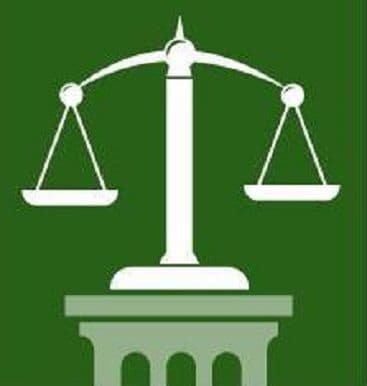A UPS driver turned left while also running a red light. A woman collided with the UPS van and suffered a broken finger and other injures.
There was evidence that the woman was holding her phone to her ear, waiting on hold to comment on a radio talk show. UPS presented evidence that the woman also ran a red light – contrary to her testimony that she had a yellow caution light.
The case eventually went to jury trial. The jury found each party 50% at fault and awarded medical bills. Even though there was no dispute she was injured, the jury awarded nothing for noneconomic damages.
The trial court found that the jury verdict was internally consistent, but inconsistent with established law. The court ordered a new trial limited to the issue of damages. UPS appealed.
On appeal UPS argued that the woman waived the right to a new trial by not raising the issue before the jury was dismissed, which would have allowed the court to have the jury deliberate further rather than all concerned incurring the costs and delays of a new trial.
The Washington Court of Appeals rejected the argument on several grounds. It would require courts to decide which principles of law are “immediately recognizable” – a standard imprecise and difficult to apply. It would also require attorneys to have the full breadth of case law on verdicts available for instant recall the moment a verdict is announced, without recourse to legal research after the jury is dismissed – an unrealistically high standard of performance.
The Court of Appeals also found that the waiver rule proposed by UPS would be unfair in this case. The jury had heard undisputed evidence that the woman was injured, and found the UPS driver 50% at fault, yet awarded no pain and suffering damages. Evidence that she was on her cell phone could hardly have endeared her to the jury – leading to the reasonable inference of passion or prejudice. It is unrealistic to expect a jury that has already manifested its prejudice against a claimant to be fair in awarding reasonable pain and suffering damages if ordered to deliberate further.
UPS also argued that if there is a new trial, it should be on liability as well as damages. The Court of Appeals rejected this argument, noting that liability was clear. UPD did not dispute that the UPS driver ran a red light while turning left in front of an oncoming vehicle.
This case is a good illustration of comparative fault. A jury may split liability among the parties in any percentage supported by evidence presented at trial if there is evidence that two or more drivers are blameworthy. The injury claimant’s damages are reduced by the injury claimant’s percentage of fault.
If you have questions about fault in an auto accident injury case, you should seek a free consultation with a personal injury attorney.
By personal injury attorney Travis Scott Eller
See Kuk v. Smith, unpublished (No. 68617-8-I, July 1, 2013).
